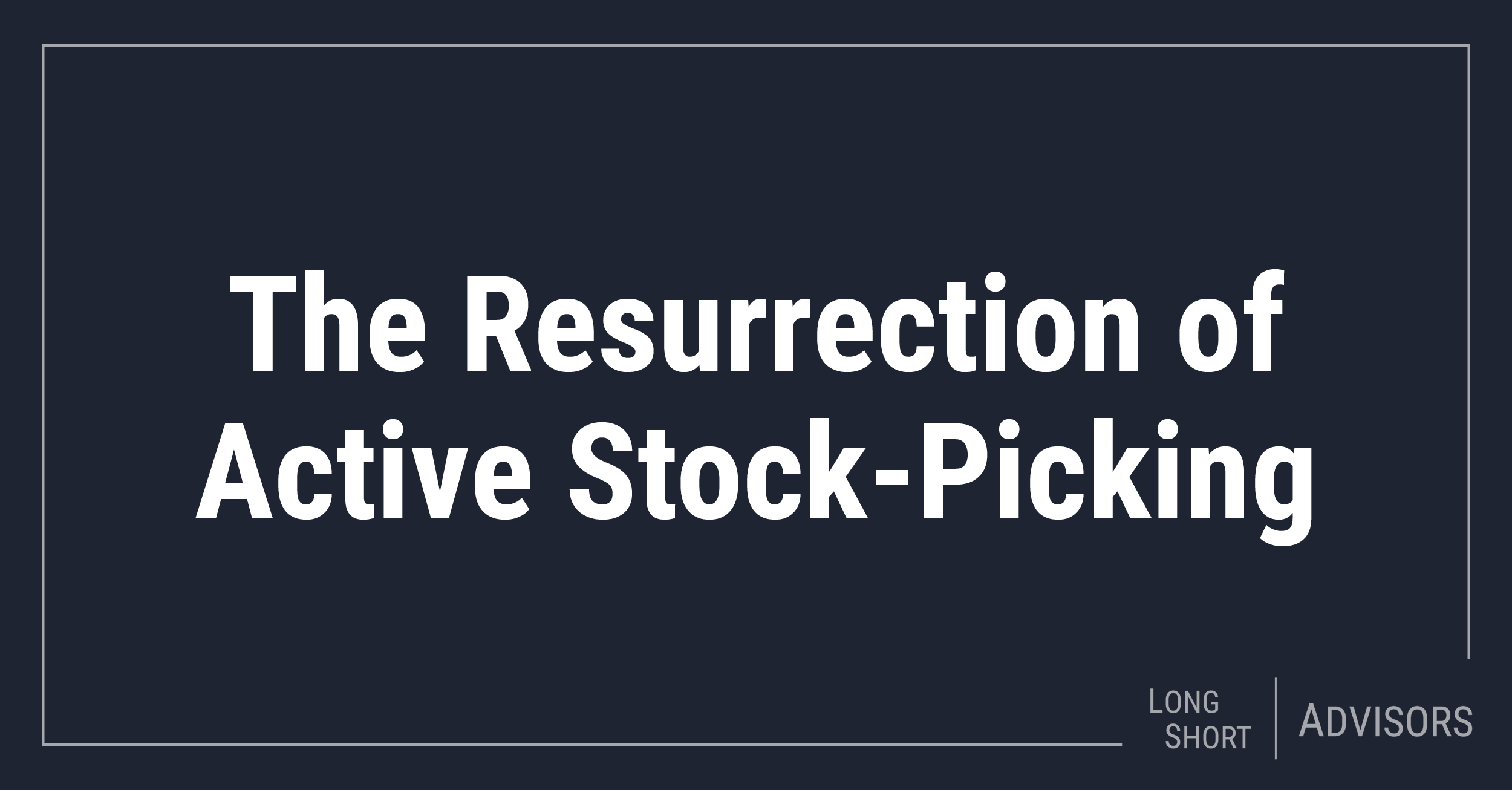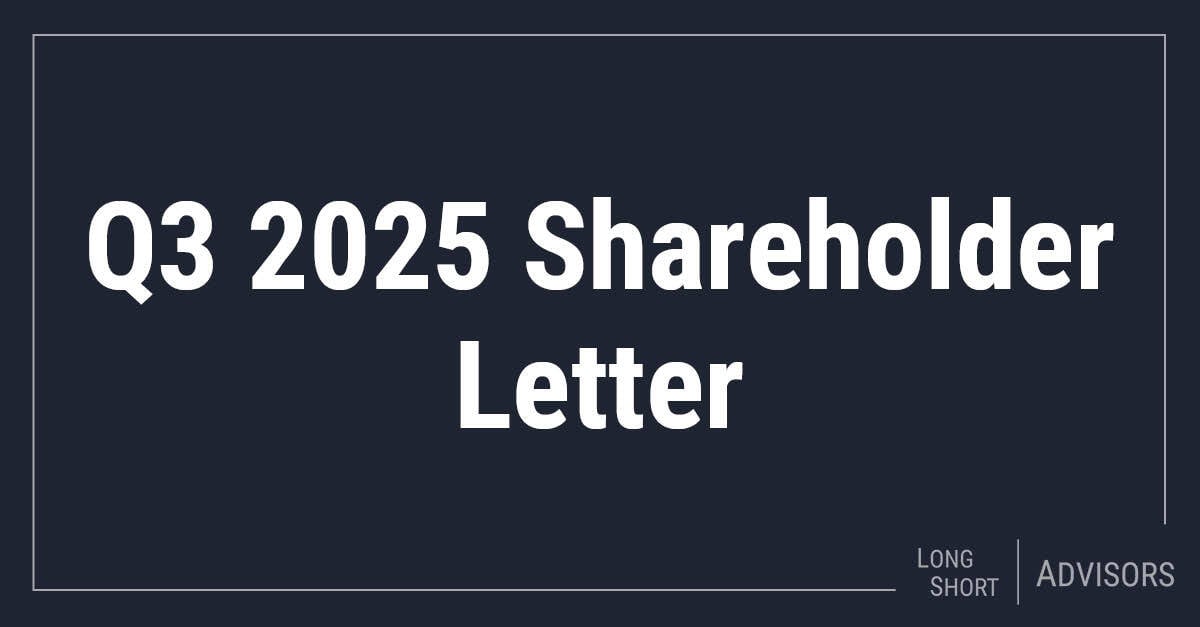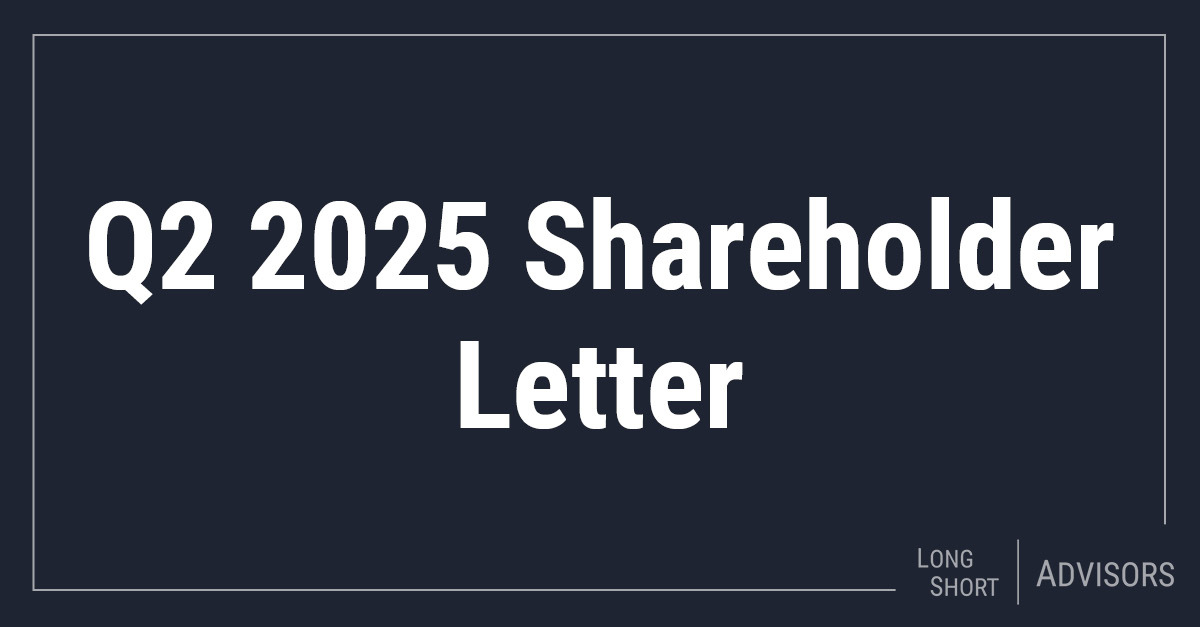One of the most powerful trends in the investment world over the past decade has been the relentless rise of passive-index investing. Accelerated by the explosive growth in exchange-traded funds (ETFs), by many accounts passive investors now hold 40% or more of shares of U.S. stocks.
Neuberger Berman revealed they see deregulation, business-friendly policies, and lower rates potentially driving broader earnings growth, benefiting small-caps, value stocks, and cyclicals. At the same time, they anticipate a slowdown in mega-cap tech as AI-related capital spending strains companies while benefiting users downstream.* This environment could create both opportunities and greater performance dispersion, favoring active management—especially in equities. If 2025 remains unpredictable, active strategies may be particularly valuable in navigating volatility.
The Achilles Heel of Passive Indexing
If we look back to 2022, an environment of aggressive Federal Reserve money printing and its lax monetary policy, everything, including the most speculative investments, seemed to go up: A high tide lifted all boats. Investors, in essence, bought beta—the market—and were less interested in the alpha that can be generated by adept managers researching and investing in individual securities.
We can also consider the distorting nature of market capitalization-weighted indexes such as the S&P 500. When investors buy the index, they’re indiscriminately purchasing shares of hot stocks that power the index regardless of valuation and not due to sound security analysis. What happened in 2022, when Russell 1000 Growth plunged by almost 30%, is very reminiscent of the market crash of 2000 when the tech bubble burst. For example, in 2022, Meta Platforms and Tesla, two mega-cap darlings plummeted by about 65% in one year; Amazon.com and Nvidia both lost around 50% of value. Since these deflated mega-cap stocks had high weightings in market-cap-weighted indexes like the S&P 500 and Russell 1000 Growth before 2022, they dragged down the overall performance of the indexes.
We are not predicting the demise of index investing, but interestingly, the late John Bogle, founder of Vanguard Group, and the father of the index fund, grew nervous about the implications of his invention. Writing in The Wall Street Journal in November 2018, just weeks before he passed away, he said, “What happens if it becomes too successful for its own good?”, noting that the vast bulk of index funds and ETFs are managed by only a handful of giant institutional investors. “It seems only a matter of time until index funds cross the 50% mark…I do not believe that such concentration would serve the national interest.”
Active is Awakening
Just when active, qualitative, fundamental investing appears to be staging a rebound, there is arguably a shortage of qualified analysts. Wall Street banks have slashed the number of sell-side analysts and research budgets over the past 20 years due to declining broker commissions, perceived conflicts of interest with their investment-banking arms, and the rise of indexing and quantitative investing conducted by machine. Many small-cap stocks, for instance, now have no research coverage.
Such a vacuum favors seasoned stock-picking analysts and fund managers—people with the skills and experience to conduct due diligence and deep research on companies and who possess the ability to scrutinize balance sheets and cash flows in this year’s climate of slowing economic growth, potential credit downgrades, and reduced liquidity. A long-short value fund, with the ability to invest in the winners (the strong growing stronger) in today’s landscape and the means to sell short the perceived losers (the weak getting weaker) could be an appropriate strategy to add alpha to a portfolio in 2025.
*https://www.etftrends.com/megatrends-channel/active-management-critical-2025-equity-markets/








